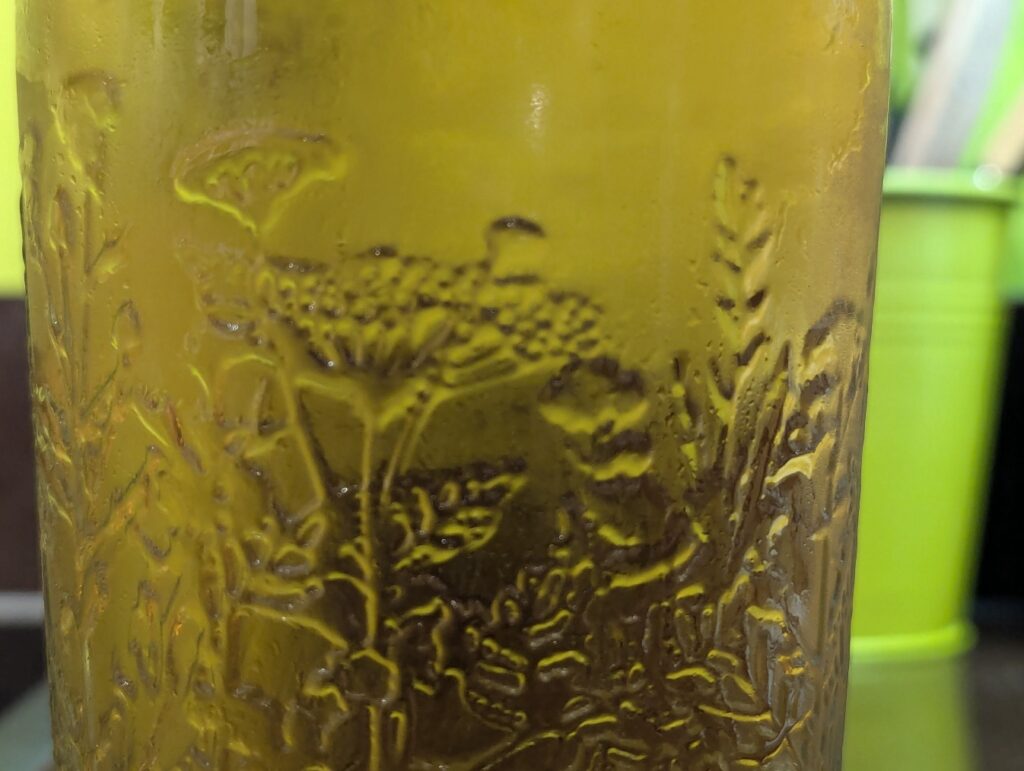
Fleurs de Prairie Sparkling Rosé takes its name from the wildflowers that flourish across the Languedoc vineyards in the South of France. It is produced by the family-owned Les Grands Chais de France Groupe, the makers behind recognisable names such as JP Chenet and Calvet.
The packaging makes an immediate impression by eschewing a traditional front label entirely and having just a small neck label. Also, the bottle features a very small transparent back label, allowing the elegant moulded wildflower design in the glass to take centre stage. It’s a simple yet striking touch that beautifully ties in with the wine’s name and origin.
This non-vintage sparkling rosé sits at 11.5% ABV and is made from a blend of 33% Cinsault, 27% Grenache, 27% Syrah and 13% Carignan. The winemaking team say they place a particular emphasis on developing a fine and aromatic base wine that I will come to later.
It pours a delicate rose gold colour and offers gentle, small bubbles that lend a refined mouthfeel. Aromatically, it opens with a pleasing red fruit aroma, which is followed on the taste by notes of fresh apple and a touch of brioche. The subtle breadiness hints that the base wine may have seen some time on the lees, adding a lightly creamy texture and a fuller body than typically expected from a rosé, which was a pleasant surprise. While many rosés feel too light or fleeting for me, this one held its own, particularly when paired with food.
Fleurs de Prairie Sparkling Rosé is available from £8.75 to £13 at Morrisons and Ocado (with a current offer of two bottles for £21), making it an appealing and accessible option for those seeking something a little more characterful than the norm.















